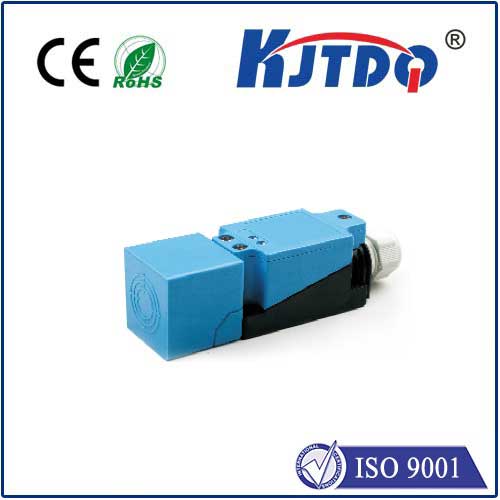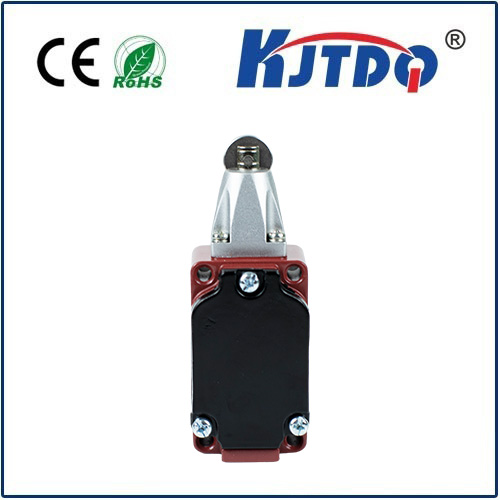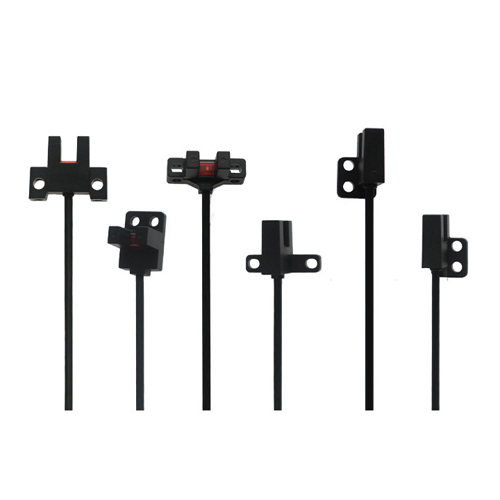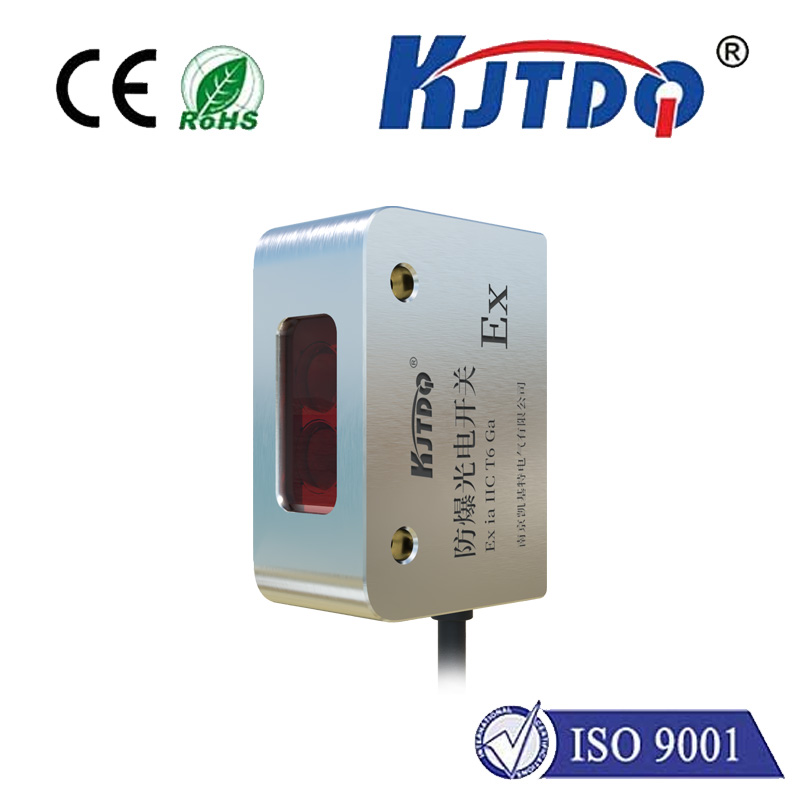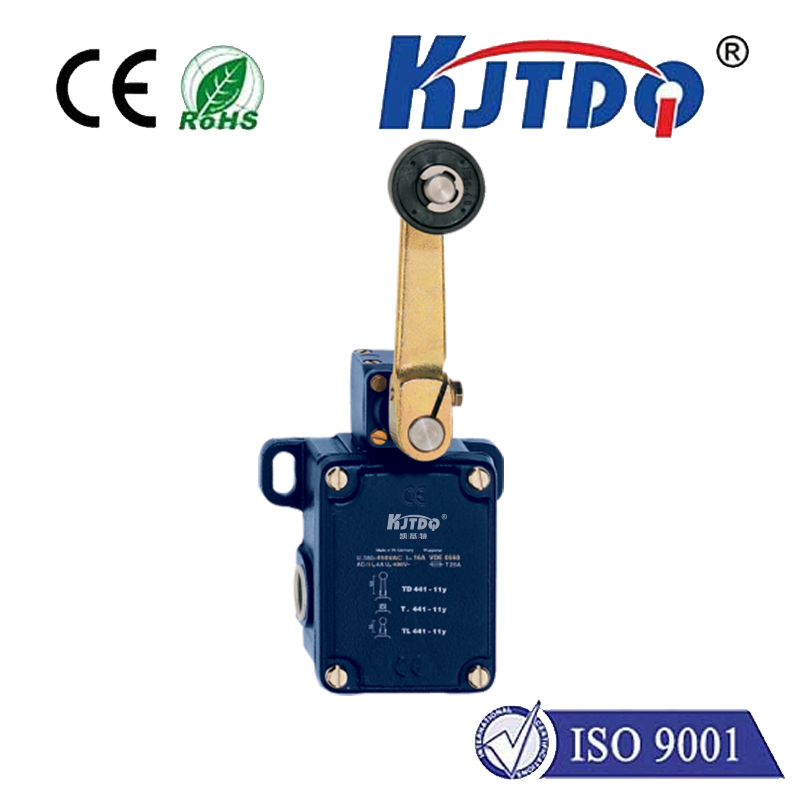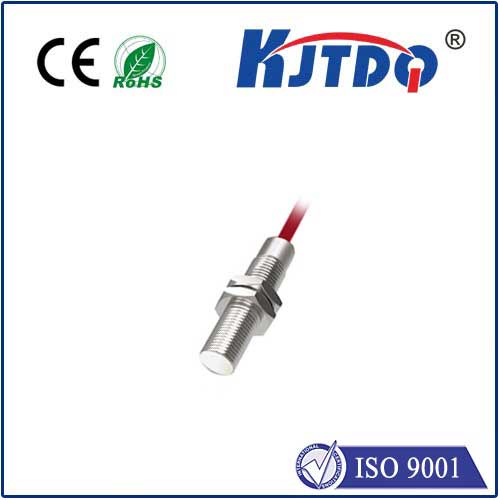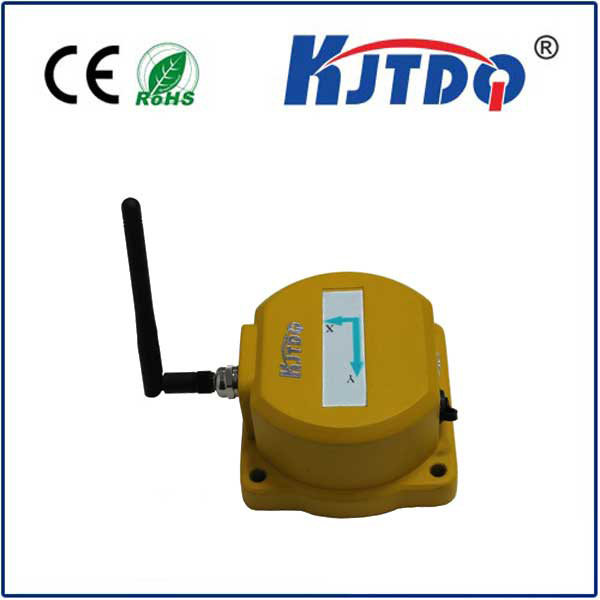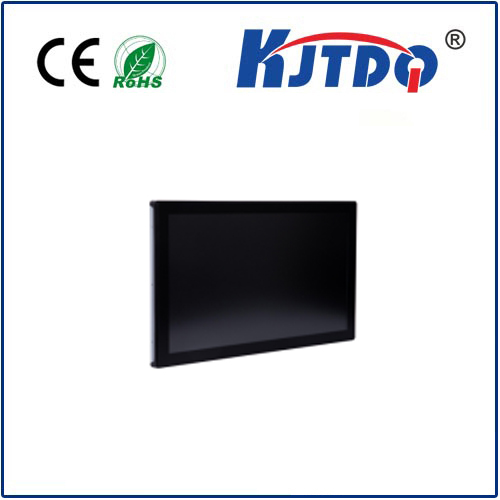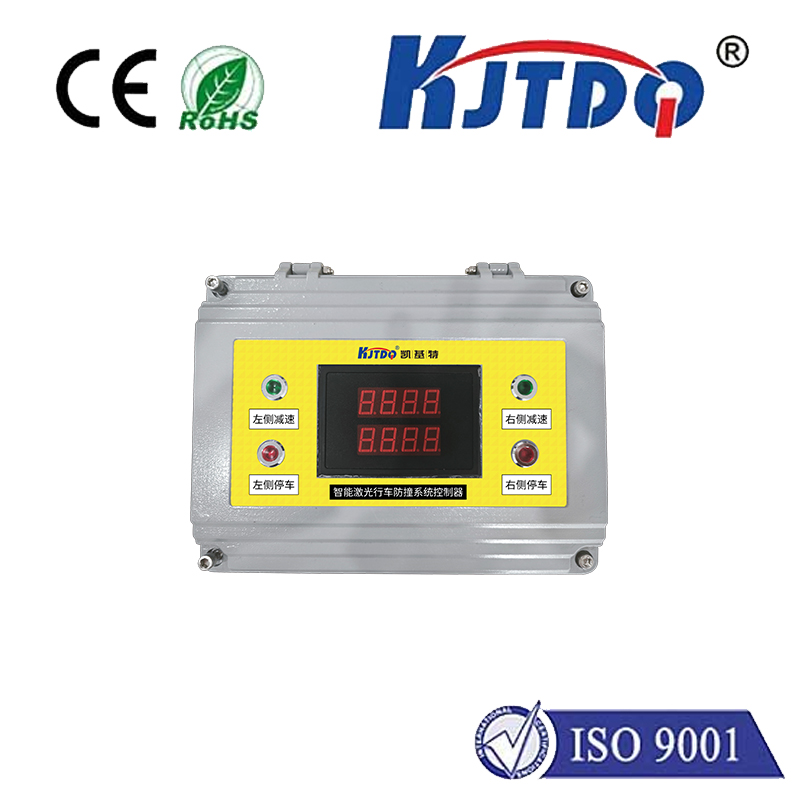Мобильный вибрационный датчик на основе лазера
- time:2025-08-28 00:26:41
- Нажмите:0
Unlock Precision Diagnostics: Mobile-Operated Laser Vibration Sensors Transform Industry
Imagine walking through a bustling factory floor, smartphone in hand. Instead of making a call, you’re pinpointing minuscule vibrations on a critical motor hundreds of feet away, diagnosing potential failures before they cause costly downtime. This isn’t science fiction; it’s the cutting-edge reality delivered by mobile-operated laser vibration sensors.
These sophisticated devices represent a powerful convergence of optical precision and mobile convenience, fundamentally altering how industries monitor machinery health, ensure structural integrity, and conduct non-contact measurements. By harnessing focused laser light and the processing power of smartphones or tablets, they offer unprecedented access to highly accurate vibration data—anytime, anywhere.
The Core Principle: Light as a Measurement Tool
At the heart of this technology lies the principle of laser Doppler vibrometry (LDV). Here’s the elegant science:

- Laser Emission: The sensor emits a highly focused, coherent beam of laser light onto the target surface.
- Vibration Interaction: Any vibration of the target surface modulates the frequency and phase of the reflected laser light relative to the emitted beam—a phenomenon known as the Doppler effect.
- Signal Capture & Decoding: The reflected light, carrying the vibration signature, is captured by the sensor’s detector. Sophisticated interferometry techniques within the sensor then decode these subtle changes in light frequency/phase.
- Mobile Processing & Display: This raw optical data is transmitted (often via USB, Bluetooth, or Wi-Fi) to a connected mobile device (smartphone or tablet). A dedicated app running on the mobile device processes the data, converting it into meaningful vibration metrics like velocity, displacement, or acceleration. The results are displayed clearly on the mobile screen in real-time or stored for later analysis.
Why Mobile Operation is Revolutionary
Integrating laser vibrometry with mobile platforms unlocks transformative advantages:
- Unparalleled Portability: Ditch the bulky control units. The core sensor head becomes remarkably compact and lightweight, powered and controlled entirely by the ubiquitous device in your pocket. This enables vibration analysis in previously inaccessible or hard-to-reach locations—high platforms, confined spaces, hazardous areas.
- Intuitive User Experience: Native mobile apps provide sleek, touch-friendly interfaces. Complex setups, calibration, data visualization, and report generation become significantly more intuitive compared to traditional benchtop controllers. Training time for field technicians is drastically reduced.
- Instant Insights & Connectivity: View real-time vibration spectra and time-waveforms directly on your mobile screen. Instantly share diagnostic reports via email or cloud platforms. Leverage the device’s GPS to tag measurement locations.
- Cost-Effectiveness: Utilizing existing mobile hardware for processing, display, and control significantly reduces the overall system cost compared to traditional LDV systems with dedicated consoles. It also eliminates the need for specialized operator training on complex proprietary interfaces.
- Rapid Deployment: Mobile operation means setup is often a matter of connecting the sensor and launching an app, allowing for faster response times during troubleshooting or preventative maintenance sweeps.
Key Advantages of Laser-Based Sensing
Beyond mobile convenience, the underlying laser technology itself offers critical benefits:
- Non-Contact Precision: The laser beam measures vibration without physically touching the target. This is essential for delicate components, hot surfaces, rotating machinery, or objects where contact could alter the vibration characteristics or pose a safety risk.
- High Sensitivity & Wide Bandwidth: These sensors detect incredibly small vibrations (nanometers) across very broad frequency ranges, far exceeding the capabilities of most traditional contact accelerometers. This makes them ideal for analyzing high-frequency phenomena.
- Spatial Resolution: The highly focused laser spot allows for precise measurement on specific points of interest, even on complex structures, enabling targeted fault diagnosis.
- Long Standoff Distances: Measure vibrations safely from significant distances—an advantage for monitoring large structures or machinery in hazardous environments.
Diverse Applications Empowered by Mobility
The combination of non-contact precision and mobile operation opens doors across numerous sectors:
- Predictive Maintenance (PdM): Proactively monitor vibrations in motors, pumps, fans, gearboxes, and compressors directly on the factory floor. Identify imbalance, misalignment, bearing defects, and looseness early to prevent catastrophic failures and unplanned shutdowns.
- Structural Health Monitoring (SHM): Assess vibrations in bridges, buildings, wind turbine blades, pipelines, and aircraft components. Detect cracks, fatigue, or resonant behavior potentially indicating structural weakness—all from a safe distance.
- Aerospace & Automotive: Test vibrations in engines, turbines, lightweight components, and prototypes during R&D, production, and quality control phases. Mobile operation facilitates testing in wind tunnels or large assembly halls.
- Acoustics & NVH (Noise, Vibration, Harshness): Precisely map vibration patterns contributing to noise issues in vehicles, consumer electronics, or industrial machinery, aiding in noise reduction efforts.
- Research & Development: Universities and labs leverage the portability and precision for fundamental vibration studies, material characterization, and testing novel prototypes without complex setups.
- Condition Monitoring in Remote Areas: The compact system, potentially battery-powered via the mobile device or an accessory pack, is ideal for monitoring infrastructure or equipment in remote or off-grid locations.
Integration and Operation: Simplicity Meets Power
Modern mobile-operated laser vibration sensors are designed for seamless integration. Typically:
- Physically connect the sensor head to your mobile device (USB-C/Lightning common).
- Launch the dedicated, often free, mobile app.
- Point the laser beam at the target surface (safety first: ensure Class 2/2M safety compliance and avoid eye exposure!).
- Configure measurement parameters (frequency range, averaging, units) easily within the app.
- Acquire data instantly. View live graphs (FFT spectra, time waveforms). Save recordings. Generate reports or export data for deeper analysis elsewhere.
- Utilize app features like camera overlays to precisely target measurement points or reference previous measurements.
The fusion of laser-based vibration sensing with the power and ubiquity of mobile technology is more than just convenient—it’s revolutionary. It democratizes access to high-precision, non-contact diagnostics, empowering engineers, technicians, and researchers to perform sophisticated vibration analysis with unprecedented ease, speed, and flexibility. As mobile processing power continues to grow and apps become even more sophisticated, the capabilities of these handheld marvels will only expand, solidifying their role as indispensable tools for ensuring operational efficiency and safety across countless industries.


